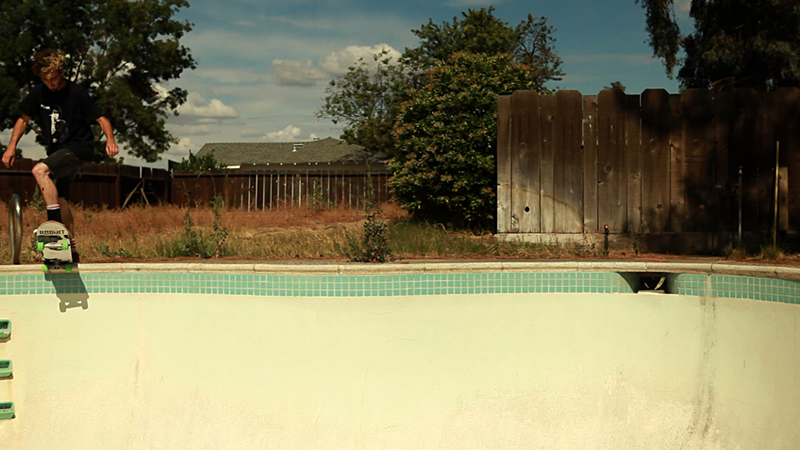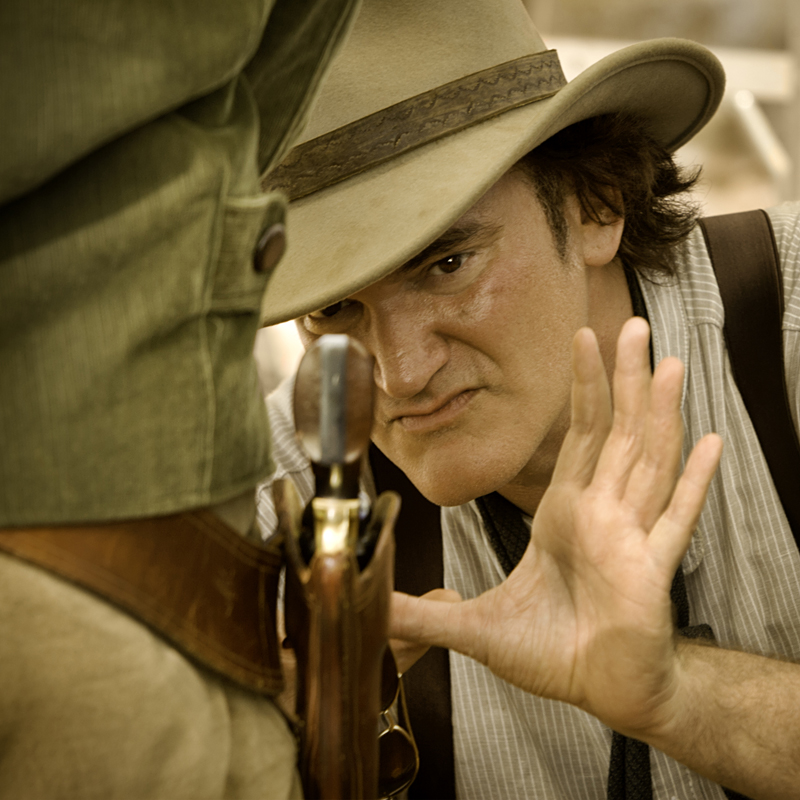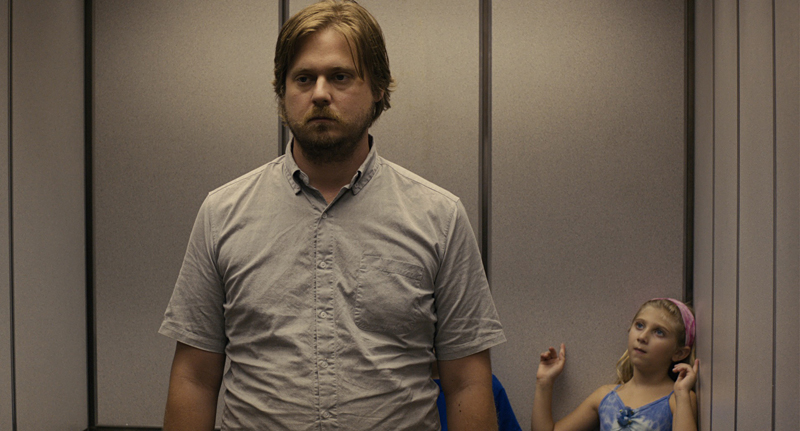Tristan Patterson’s lyrical and formally audacious documentary follows Josh “Skreech” Sandoval, a 23-year-old wastoid pro skater with corporate sponsors, a place in the unofficial skateboarding hall of fame, a gorgeous teenage girlfriend, a history of crippling depression, and no permanent place to live. Alternately dreamy and abrasive, Dragonslayer is a submersion in an endless-summer subculture, its nonlinear wall-of-sound aesthetic an apparent attempt to mimic its subject’s point of view. (Indeed, Patterson gave his subject a Flip camera with which to capture his personal misadventures; Sandoval occasionally remembered to turn the camera on.) Sandoval’s days are spent getting loaded, Google Street View–searching for abandoned L.A. houses with drained pools in which to skate, and, eventually, hanging with Leslie, an extraordinarily poised student whose romantic interest in our hero is both confounding and inspiring. The introduction of its heroine complicates Dragonslayer‘s underlying, unspoken themes: Is Leslie a “good girl” whose future is threatened by her bad-egg older boyfriend? Or is that classic narrative no longer applicable in an economic climate in which “no future” fatalism isn’t just a punk-rock adolescent phase but a mainstream reality for more Leslie-esque kids than we’d like to believe? The film unfolds in 11 numbered chapters, starting with 10 and counting down to zero. As apocalyptic as this sounds, the final chapter is titled “The Ideal World.” And in many ways it depicts a happy ending. The film’s essayistic, episodic approach makes it an odd duck on a nonfiction circuit still dominated by straightforward, talking-head-heavy issue films. Nothing like a traditional social-issue doc, Patterson’s one-of-a-kind hybrid captures a socio-historical moment with the kind of charged authenticity that only comes from a willingness to embrace contradictions: It’s discursive and hypnotic, laconic and urgent.
Dragonslayer: Surfing the Empty Pools of L.A.








